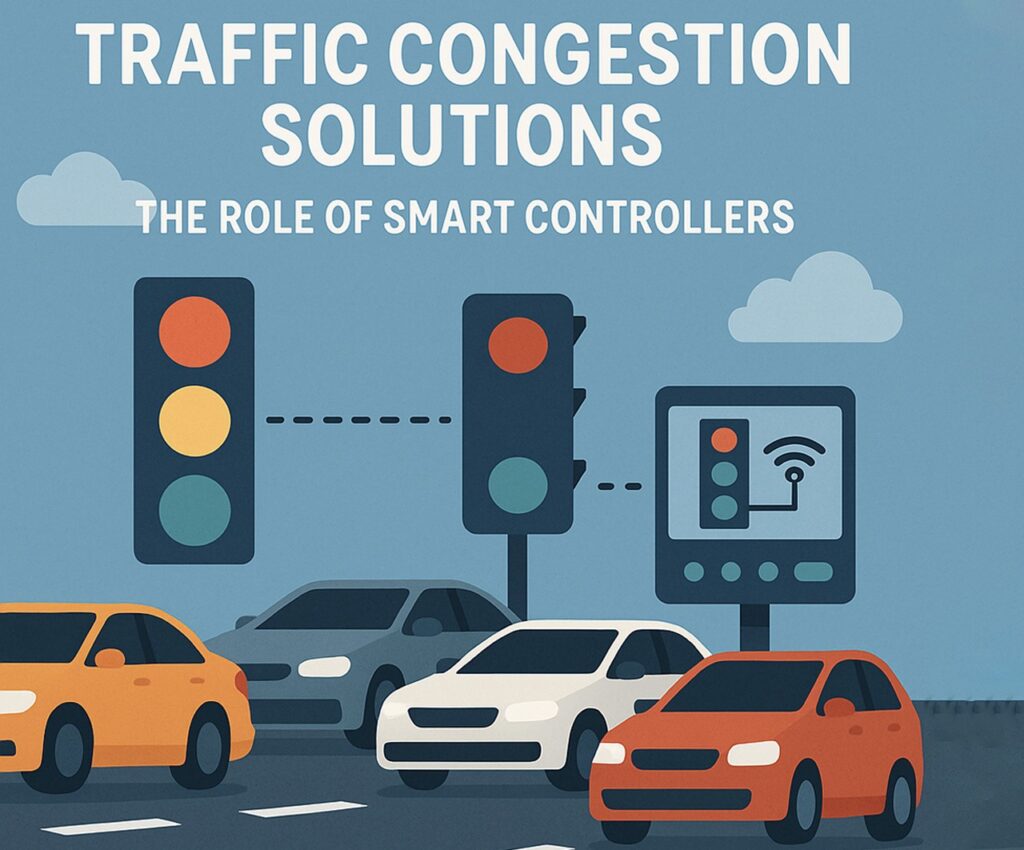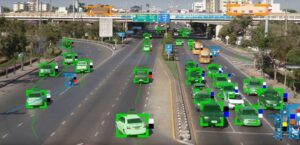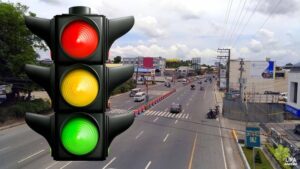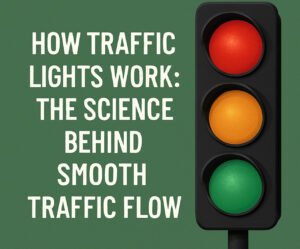Urban traffic is evolving fast—and not always in a good way. With more vehicles, tighter intersections, and rising commuter frustration, cities are hunting for smarter solutions. That’s where technology steps in. Advanced systems like the signal light controller, upgraded traffic controller signals, and the modern intelligent traffic signal controller are becoming must-haves for city planners who want to ease congestion and improve flow.
In this article, we’ll dive into how these tools are reshaping traffic management, reducing gridlock, and future-proofing our roadways. Know more..
Why Traffic Congestion Needs Smarter Solutions
Let’s face it—traffic isn’t just annoying. It costs cities billions in lost productivity, adds to pollution, and contributes to road rage and accidents. Traditional traffic signal systems, built decades ago, just can’t handle today’s complexity.
The rise of the intelligent traffic signal controller changes that. By replacing outdated hardware with real-time, adaptive solutions, cities gain control, visibility, and flexibility. These systems don’t just tell lights when to turn green—they react to what’s actually happening on the road.
And with the right signal light controller integrated into an urban traffic grid, congestion can be drastically reduced, travel times shortened, and driver frustration eased.
What Is a Signal Light Controller?
A signal light controller is the brain behind traffic lights. It sends timed commands to traffic signals to manage stop-and-go patterns. But modern controllers do much more than follow a static schedule.
Today’s signal light controller models include:
- Adaptive timing algorithms
- Integration with sensors and cameras
- Remote configuration and updates
- Connectivity to central traffic networks
This makes them smarter, faster, and far more efficient than older mechanical or isolated models.
The Shift to Intelligent Traffic Signal Controllers
So what makes an intelligent traffic signal controller different?
It’s all about data. These systems collect real-time inputs from road sensors, cameras, GPS systems, and even public transit feeds to make decisions on the fly. Instead of running the same red-green cycle all day, they adapt to rush hour, emergency vehicles, and even sudden events like accidents.
Benefits of intelligent traffic signal controller systems:
- Reduces idle time at red lights
- Improves pedestrian safety
- Prioritizes emergency and transit vehicles
- Analyzes traffic trends to optimize future flow
It’s like putting a traffic expert at every intersection—one who never sleeps and always reacts instantly.
How Traffic Controller Signals Work in Real Time
Traffic controller signals are the outputs you actually see on the road: green, yellow, and red lights at intersections. But behind the scenes, these signals are increasingly governed by dynamic logic.
Modern traffic controller signals are linked to networked systems that:
- Change timing based on car count
- Coordinate with nearby intersections
- Communicate with pedestrian and bike signals
- Adjust patterns for construction or detours
By upgrading to connected traffic controller signals, cities can keep traffic flowing more smoothly without needing expensive road expansions or major construction.
Real-World Example: Smart Controllers in Action
Let’s look at a practical use case. In Los Angeles, one of the most congested cities in the U.S., the Department of Transportation installed over 4,500 intelligent traffic signal controller units citywide.
The results?
- Travel times decreased by up to 12%
- Green light synchronization improved driver satisfaction
- Emergency vehicle clearance times dropped dramatically
This isn’t just theoretical—it’s working in some of the world’s toughest traffic environments.
Integration with Smart City Infrastructure
A key advantage of the intelligent traffic signal controller is its ability to connect with broader smart city platforms. These systems can work alongside:
- Public transit GPS feeds
- Smartphone navigation data
- Weather forecasts
- Air quality monitors
- Electric vehicle charging station availability
By combining data streams, your signal light controller can help make decisions not only about traffic flow—but about health, safety, and sustainability, too.
Cost vs. Value: Are Smart Controllers Worth It?
Yes, intelligent traffic signal controller systems come with upfront costs. But the return on investment is impressive. Here’s what cities gain:
- Reduced overtime for traffic officers
- Lower emissions from idling cars
- Less fuel use and fewer accidents
- Increased capacity without new roads
Plus, the tech pays off long-term. Once a signal light controller is installed and networked, future updates and improvements are mostly software-based—no need to dig up streets every time you want an upgrade.
Key Features to Look For in Smart Controllers
If you’re considering an upgrade, here’s what to prioritize in your signal light controller or traffic controller signals system:
- Real-time data integration
- Remote access and diagnostics
- Fail-safe mode for emergencies
- Support for pedestrian/bike detection
- Cloud compatibility for long-term scaling
Choosing the right intelligent traffic signal controller ensures your system will still be relevant 5–10 years from now as cities continue to evolve.
The Future of Traffic Control
Traffic control is moving toward full automation. In the coming years, intelligent traffic signal controller systems will be able to:
- Communicate directly with autonomous vehicles
- React instantly to changes in pedestrian traffic
- Adjust based on weather, events, or emergencies in real time
- Offer predictive modeling to prevent congestion before it starts
This means today’s traffic controller signals will become even more powerful, learning and evolving with machine learning algorithms that continuously optimize flow.
Common Misconceptions About Smart Traffic Systems
Let’s bust a few myths:
- Too Expensive? Not really. Compared to the cost of new roads or expanded highways, upgrading to signal light controller technology is a bargain.
- Only for Big Cities? False. Smaller cities are adopting smart traffic systems to handle growing populations and limited budgets.
- Hard to Maintain? Modern intelligent traffic signal controller units are designed for easy remote updates and diagnostics.
Don’t let old thinking block new progress.
Final Thoughts: Smarter Control, Smoother Cities
If your city is still relying on outdated hardware or static timing systems, it’s time for a change. Investing in the right signal light controller, upgrading traffic controller signals, and deploying a network of intelligent traffic signal controller units can transform how your streets function.
This isn’t just about smoother drives. It’s about safety, sustainability, and smart growth.





